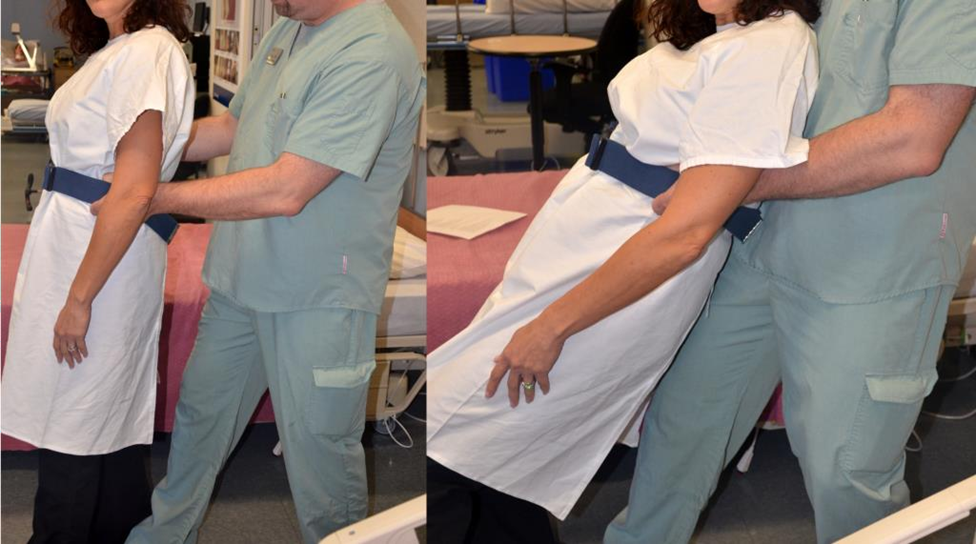A patient begins to fall during ambulation. The nurse would
Keep his or her back bent while lowering the patient
Allow the patient to slide down his or her leg to the floor
Keep his or her knees straight while lowering the patient
Hold the patient upright
The Correct Answer is B
A. Keeping the back bent while lowering the patient is not the most appropriate postion.
B. when a patient begins to fall, it is important to control the descent to minimize injury.
The nurse should widen their stance, bring the patient's body close to provide support, bend their knees, and use the strength of their thighs to lower the patient to the ground safely.

C. Keeping the knees straight while lowering the patient increases the risk of strain or injury to the nurse's back.
D. Holding the patient upright may not be feasible if the patient is already falling, and attempting to do so may result in injury to both the patient and the nurse.
Nursing Test Bank
Naxlex Comprehensive Predictor Exams
Related Questions
Correct Answer is B
Explanation
A. Atelectasis refers to the collapse of lung tissue due to blockage or pressure on the airways, commonly caused by immobility but primarily affects the respiratory system.
B. Peristalsis is the natural movement of the intestines that propels food and waste products through the digestive tract. Immobility can lead to decreased peristalsis, causing constipation and other gastrointestinal issues.
C. Shearing refers to the force that causes layers of tissue to move on each other, often leading to skin breakdown and pressure ulcers. It is not directly related to
the gastrointestinal system.
D. Deep vein thrombosis (DVT) is the formation of blood clots in deep veins,
typically in the legs, due to reduced blood flow and stasis caused by immobility. It primarily affects the circulatory system, not the gastrointestinal system.
Correct Answer is A
Explanation
A. The first priority in any emergency situation is to ensure personal safety. The nurse should immediately walk to a safe area, away from the smoke and potential danger,
before taking further action.
B. While closing doors can help contain smoke and fire, personal safety takes
precedence. The nurse should prioritize evacuating to a safe location before attempting to close doors.
C. Wrapping clients in blankets may not be appropriate in this situation, as it does not address the immediate threat posed by the smoke and potential fire. Ensuring personal safety is the priority.
D. While staying close to the ground can reduce exposure to smoke and toxic fumes in some situations, it is not the first action to take. Evacuating to a safe area is the most
important step to protect oneself from harm.
Whether you are a student looking to ace your exams or a practicing nurse seeking to enhance your expertise , our nursing education contents will empower you with the confidence and competence to make a difference in the lives of patients and become a respected leader in the healthcare field.
Visit Naxlex, invest in your future and unlock endless possibilities with our unparalleled nursing education contents today
Report Wrong Answer on the Current Question
Do you disagree with the answer? If yes, what is your expected answer? Explain.
Kindly be descriptive with the issue you are facing.
